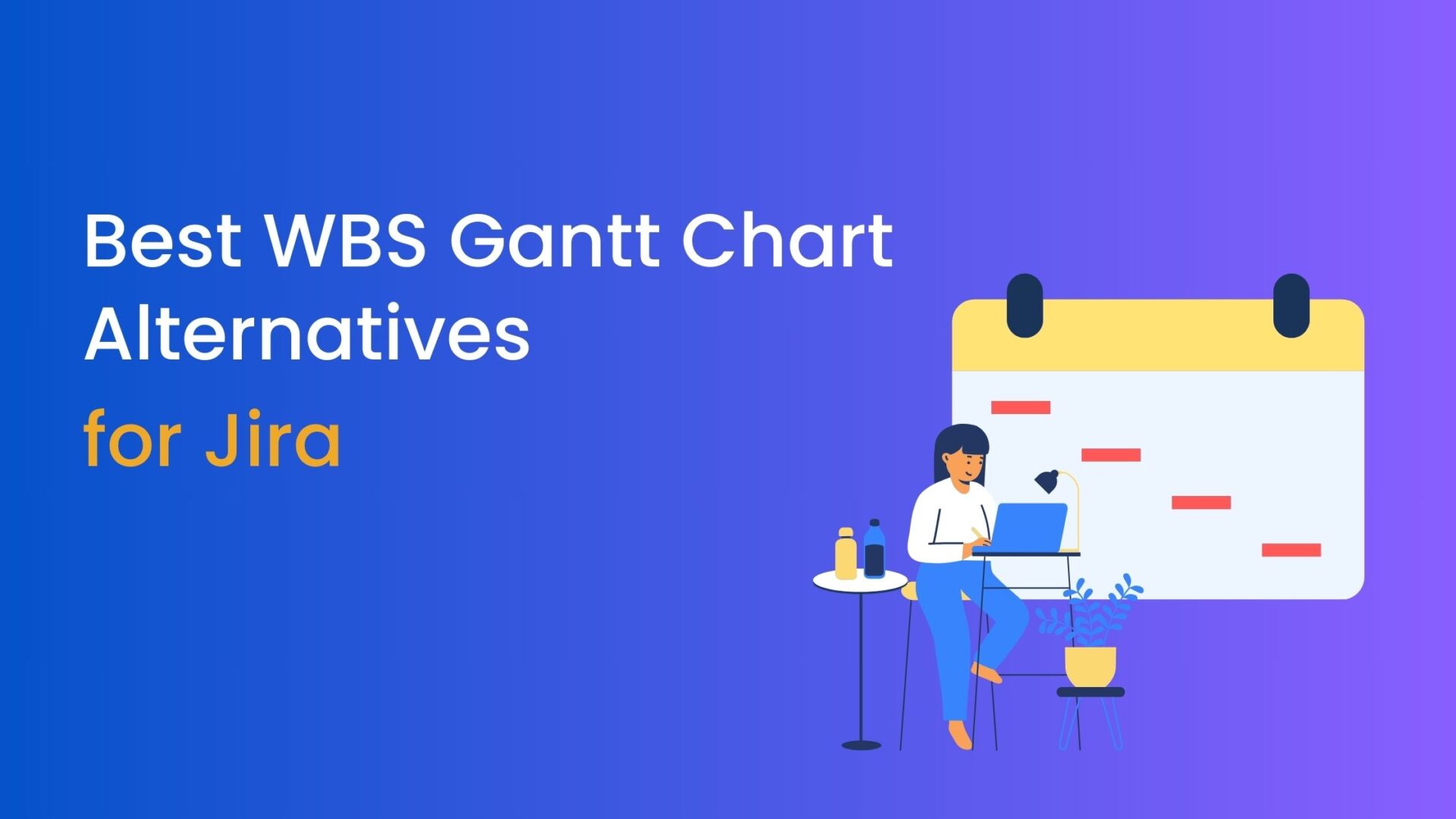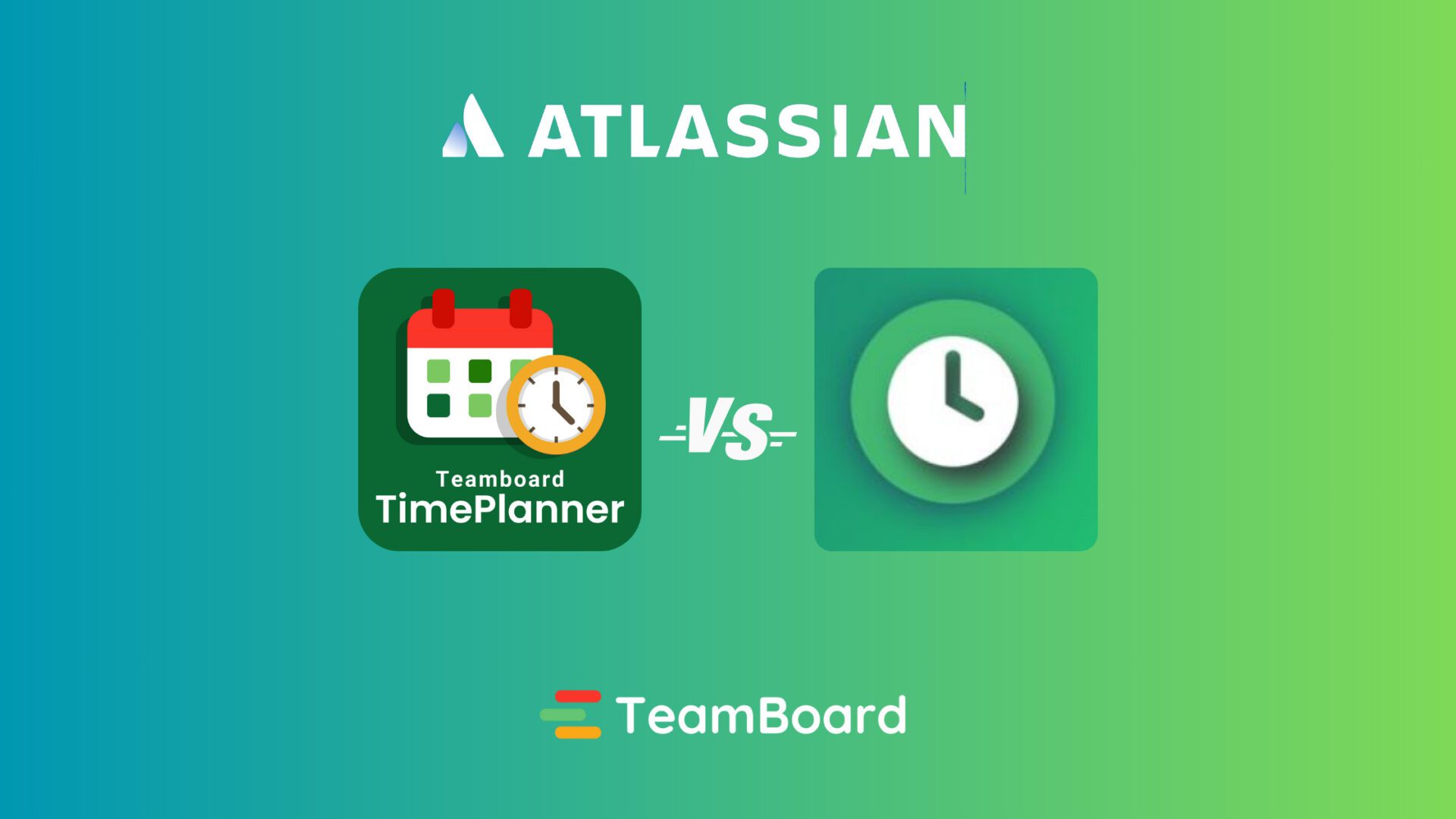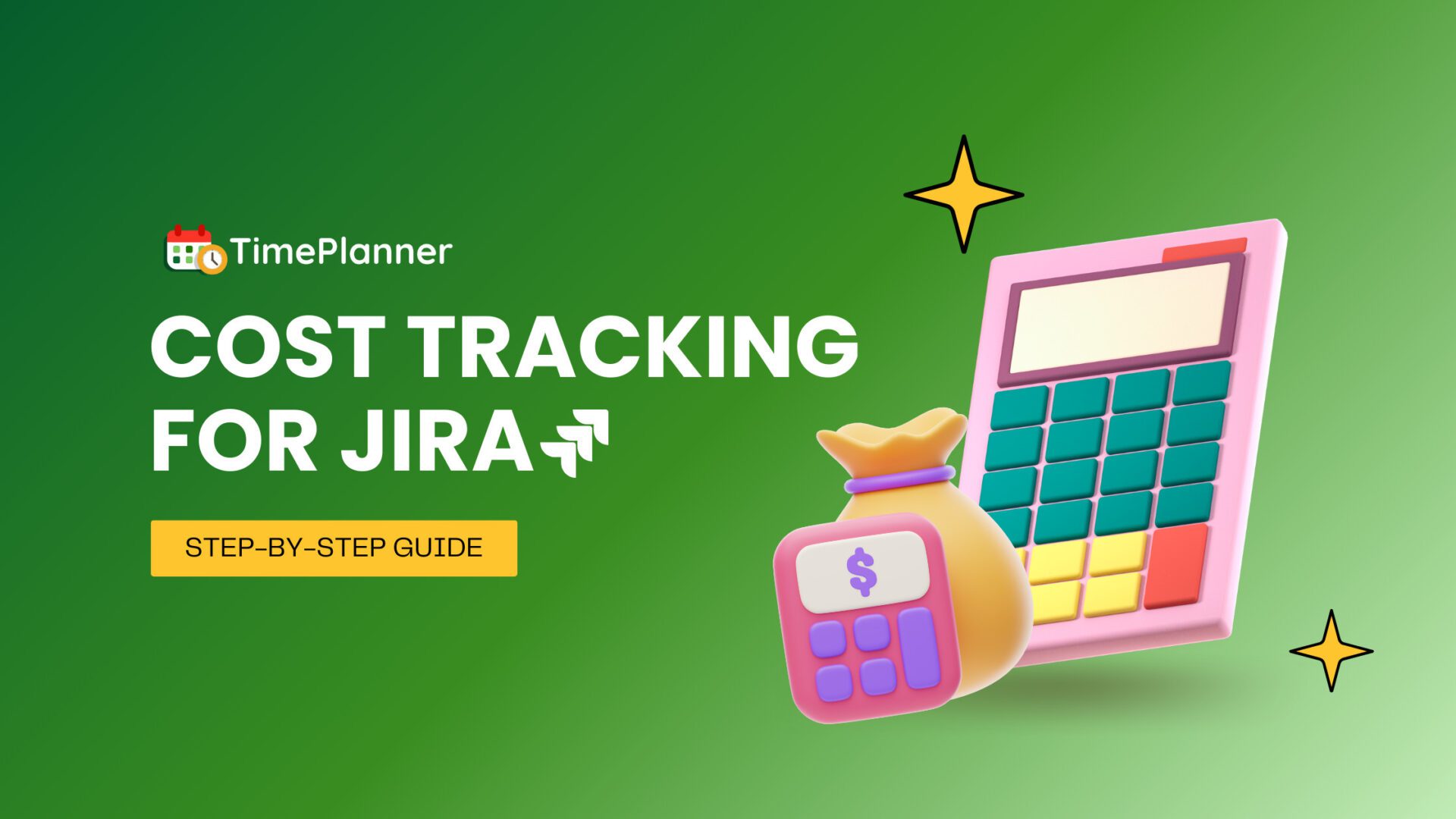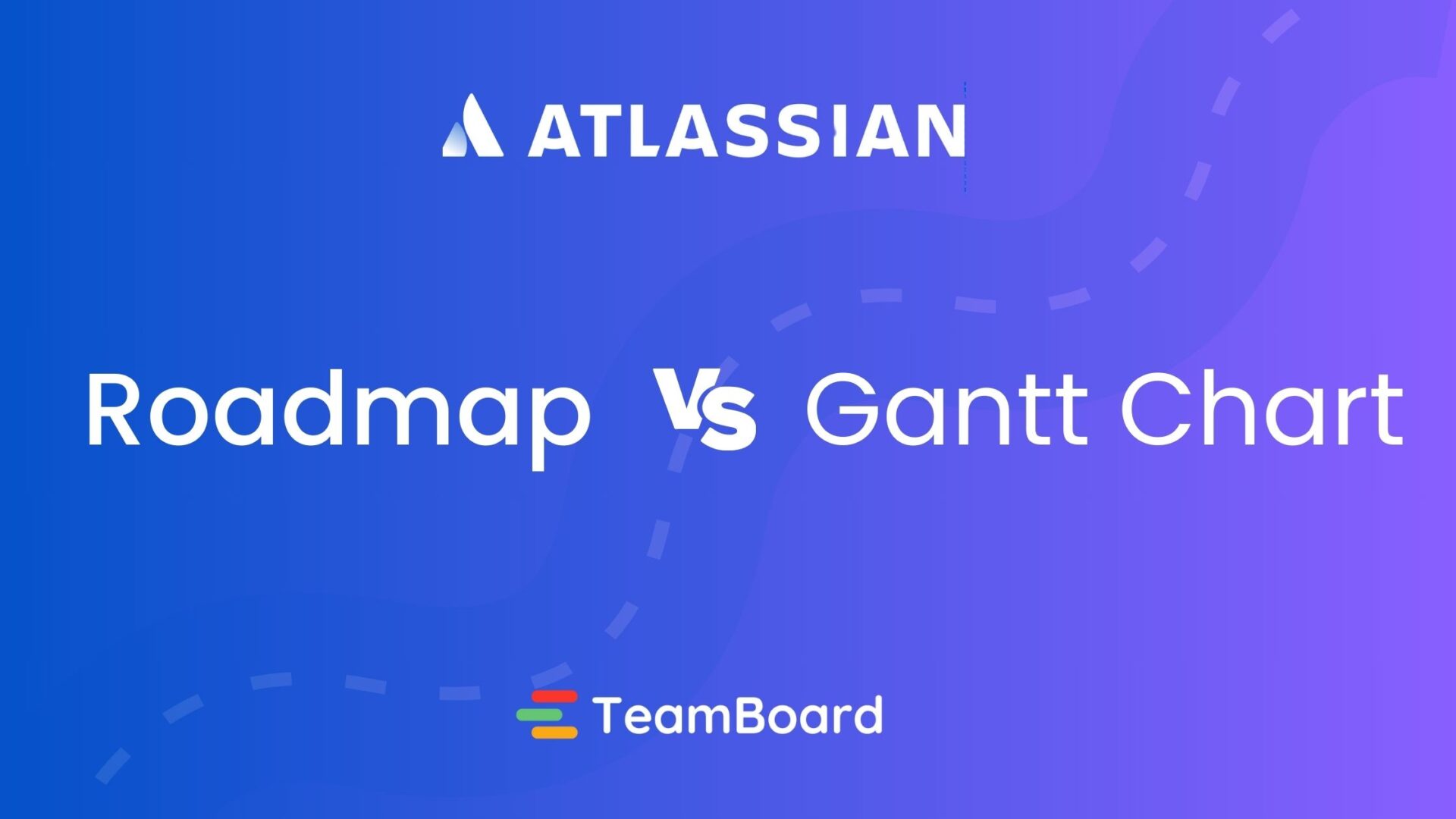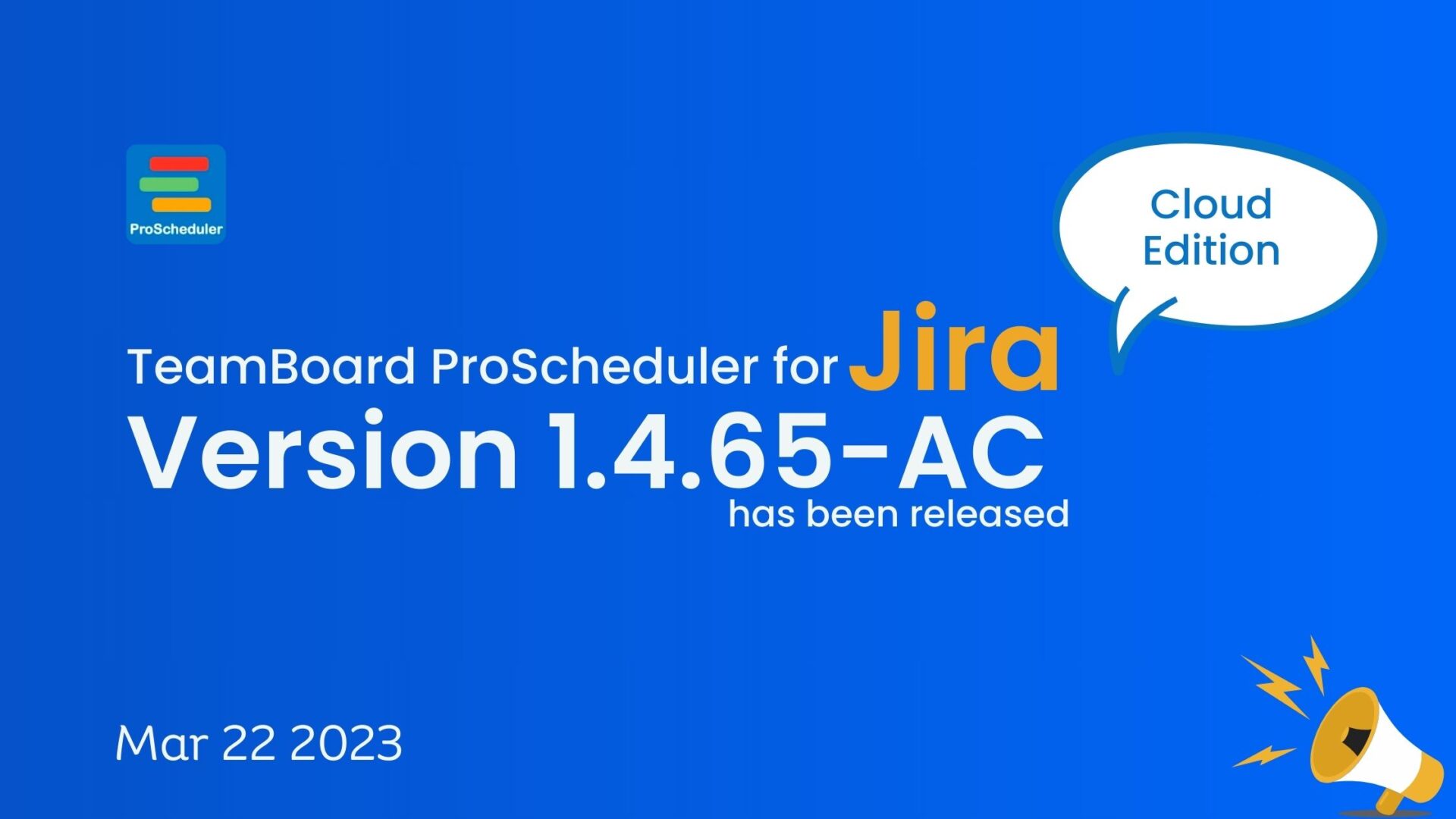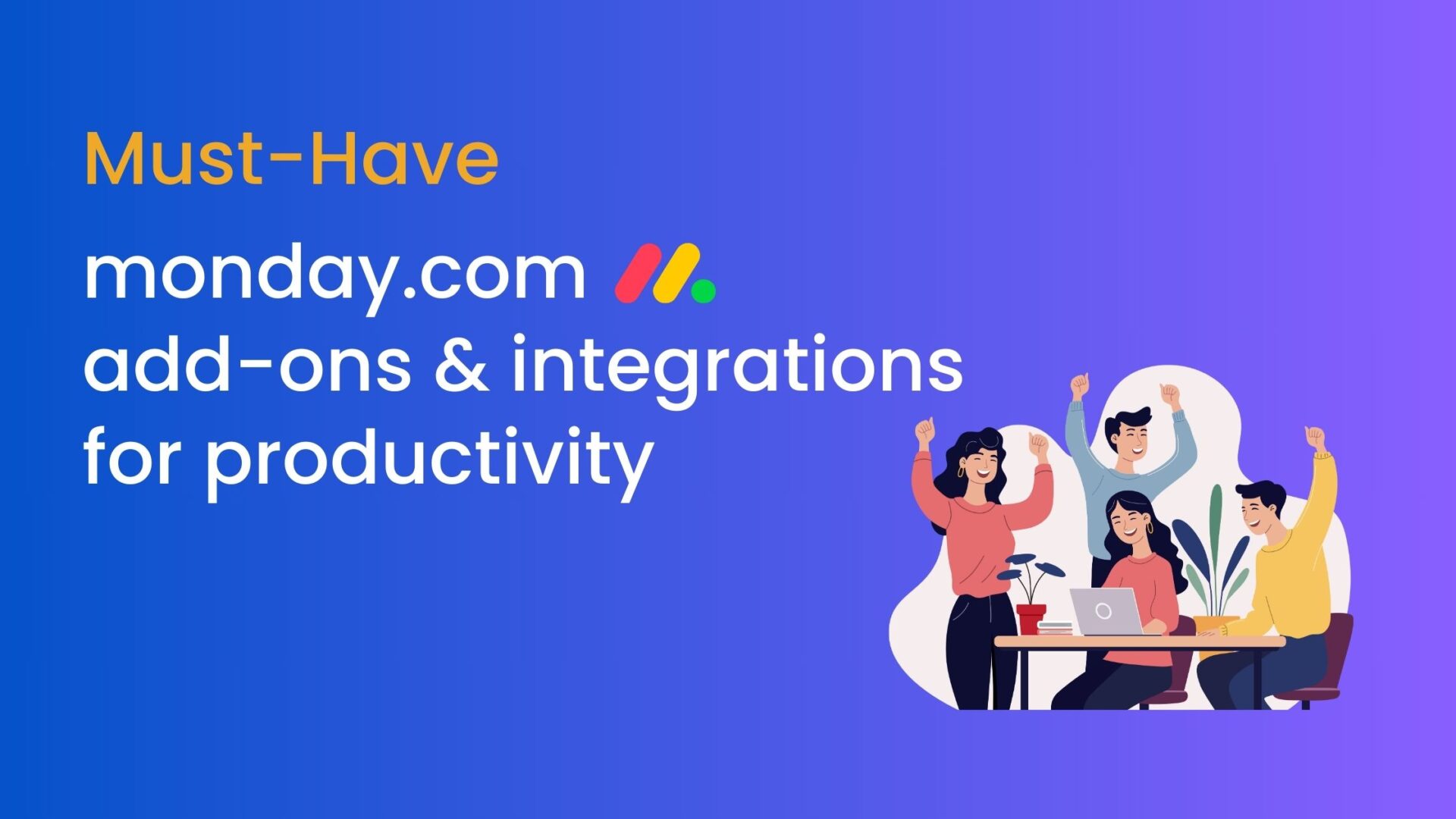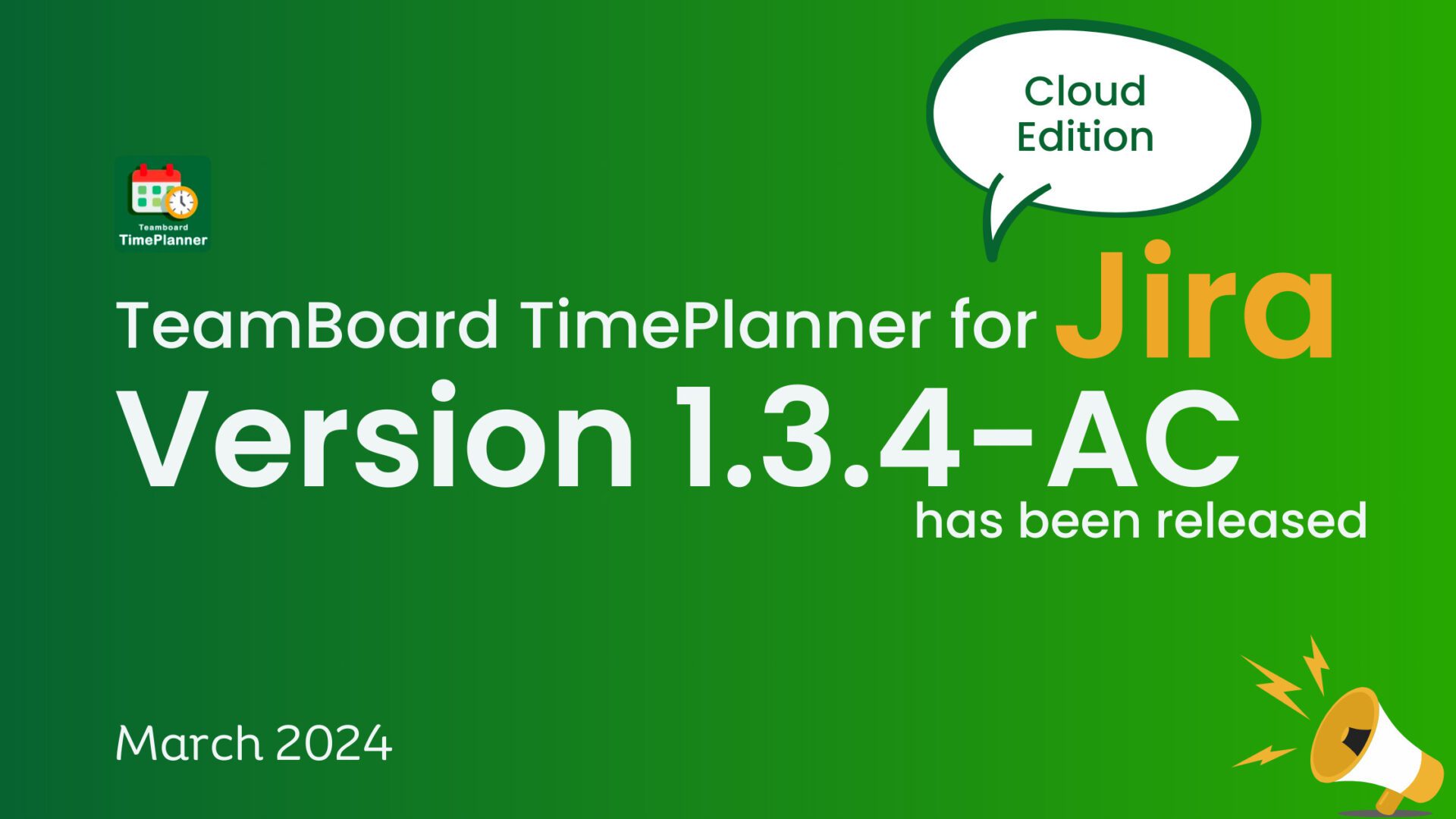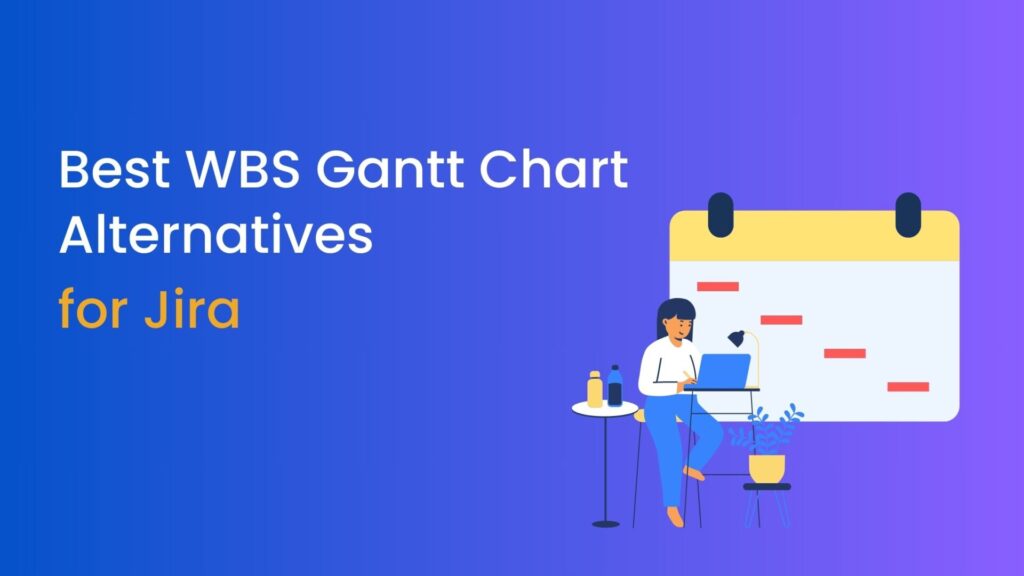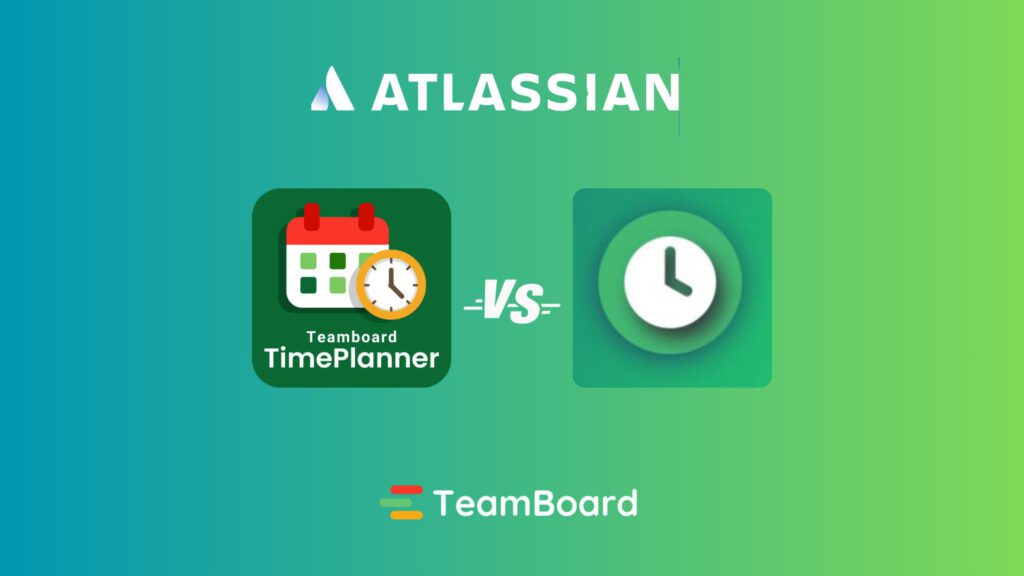Welcome to our blog post where we explore the world of resource management technologies! Today, we’ll look at Jira, which is a popular choice among many experts. But how does it compare to other tools in the market? In this post, we’ll look at Jira’s capabilities, compare them to alternative resource management software, and help you determine whether it’s a good fit for your needs. Whether you’re new to project management or an experienced professional, join us as we explore Jira’s benefits and limitations in comparison to its competitors. Let’s get started.
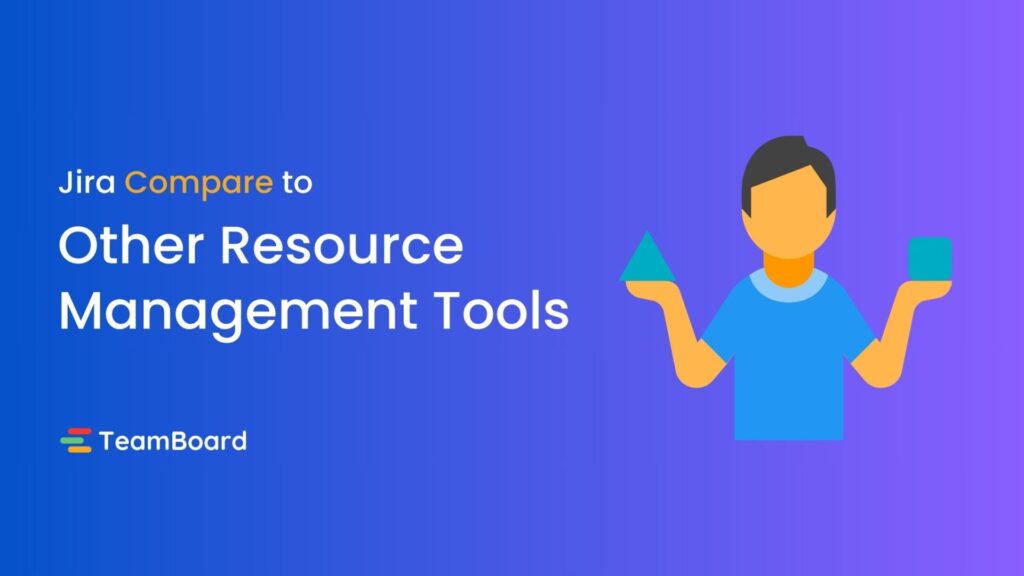
Table of Contents
Understanding resource management tools
Resource management tools are like Swiss Army knives for project managers. They assist you in planning, organizing, and utilizing all of the resources (such as people, equipment, and money) required to complete a project.
1. Why are resource management tools so important?
- Make the Most of Your Resources: They ensure that you are making the best use of your personnel and equipment while minimizing waste.
- Keep an Eye on Everything: It’s like getting a bird’s-eye perspective of who’s doing what and when.
- Plan For Future: This helps you anticipate what you’ll need in the future so you don’t get caught off guard.
- Save money and time: Being organized allows you to spend less while getting more done.
2. What do resource management tools manage?
- People: Who is available to work, and what are they skilled at?
- Things: Keeping track of equipment and materials.
- Money: Tracking how much you spend.
- Information: Ensure that you have access to the necessary data.
Overview of Jira: Features and benefits
Jira, developed by Atlassian, is a well-known project management program, particularly popular in the software development and IT industries. Let’s go over its features, benefits, and limitations in plain terms.
1. Features:
- Task Management: Jira allows you to create, assign, and track tasks (also known as ‘issues’) during their entire existence.
- Customizable Workflows: You can tailor how tasks progress through various stages to meet your project’s approach.
- Agile Support: It is ideal for Agile approaches like as Scrum and Kanban, and includes features such as boards and sprints.
- Reporting and Analytics: Jira offers rich reporting and analytics to help track progress and success.
- Integrations: It works nicely with other products and services, extending its capabilities.
2. Benefits:
- Enhanced Collaboration: Teams may simply collaborate on tasks because all information is centralized in one place.
- Improved Visibility: Customizable dashboards and reporting options provide a clear picture of project progress.
- Flexibility: Its capacity to adapt to various project styles and requirements makes it a versatile tool.
- Scalability: Jira can manage projects of all sizes, from small teams to large organizations.
Comparison of Jira with other resource management tools
When comparing Jira to other resource management applications, it’s important to evaluate factors such as functionality, user experience, and applicability for different project types. Let’s compare Jira to some popular competitors, like Asana, Trello, and Microsoft Project.
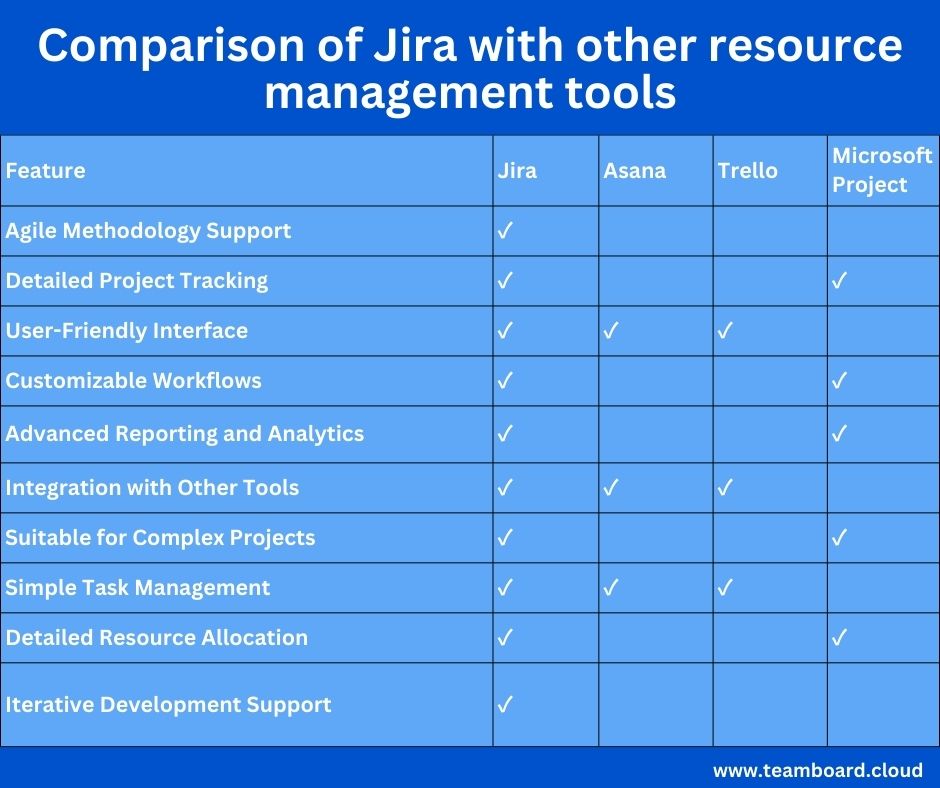
Key Takeaways:
- Jira stands out for its robustness and adaptability for Agile and software development projects, but it has a steeper learning curve and can be overwhelming for basic requirements.
- Asana and Trello are more user-friendly, making them ideal for smaller teams or simpler projects.
- Microsoft Project is suited for traditional project management in sectors requiring precise scheduling and resource allocation.
Key factors to consider when choosing a resource management tool
When choosing a resource management solution, there are numerous important elements to examine to ensure that the technology you choose is compatible with your project’s requirements and team dynamics. Here is a breakdown of these key factors:
Project Complexity and Size
Determine whether the tool can handle the size and complexity of your projects. Larger, more sophisticated projects may necessitate more powerful tools with enhanced capabilities.
Team Size and Composition
Think about the size of your team and the various jobs involved. The technology should make it easy for all team members to collaborate and communicate.
Methodology Compatibility
Ensure that the technology is compatible with your project management approaches (such as Agile, Scrum, or Waterfall). Some tools are more appropriate for specific techniques.
User Experience and Ease of Use
A tool with a simple interface and intuitive design can drastically shorten the learning curve and increase team acceptance.
Customization and Flexibility
Look for tools with modification choices so you may adjust the software to your individual project needs.
Integration Capabilities
Being able to integrate with other tools (such as CRM, email, or analytics software) is critical for a smooth workflow.
Reporting and Analytics
Determine whether the application includes comprehensive reporting and analytics options for tracking and measuring project performance.
Budget and Cost-Effectiveness
Consider the tool’s pricing structure and determine whether it provides good value for money based on its features and capabilities.
Security and Data Protection
Ensure the tool has robust security measures to protect sensitive project data.
Support and Training
Check the availability of customer support and training tools to help your team use the technology efficiently.
Trial and Demo Availability
Look for products that provide free trials or demos so you may test the program before committing.
Limitations and potential drawbacks of Jira
Jira is a great project and resource management tool, particularly in Agile and software development contexts, however it does have limitations and potential downsides. Understanding these might help you better assess its suitability for your organization’s requirements.
Limitations
- Complexity and Usability: Jira can be complex and overwhelming for beginners or teams used to simpler tools. Its multitude of features, while powerful, can create a steep learning curve.
- Customization Challenges: While Jira’s high level of customization is a strength, setting it up to suit specific workflows can be time-consuming and requires a good understanding of the tool.
- Performance Issues with Over-customization: Extensive customization and use of add-ons can sometimes lead to performance issues, slowing down the tool.
- Cost Factor: Jira’s pricing model can be a concern for small businesses or teams. The cost increases with additional features and add-ons.
- Limited Physical Resource Management: Jira is primarily designed for digital project management and may not be as effective for managing physical resources or non-IT projects.
Address these limitations
To address some of these limitations, especially in resource scheduling and planning, Jira offers integration with tools like TeamBoard ProScheduler.
TeamBoard ProScheduler is an add-on that enhances Jira’s resource management capabilities. It offers a visual overview of team availability and workload, making it easier to manage human resources efficiently. It allows managers to schedule tasks and resources directly within Jira, providing better control over project timelines and resource allocation.
Making an informed decision
Choosing the correct project management solution, such as Jira, requires careful consideration. Jira is ideal for complex projects, particularly in software and Agile contexts, but it can be complicated and expensive for smaller teams or simpler tasks.
The good news is that Jira’s capabilities may be improved with add-ons such as TeamBoard ProScheduler which aid in resource scheduling and time management.
Here’s what you should consider while making your decision:
- Consider the scope and complexity of your initiatives.
- Consider your team’s experience with such technologies.
- Consider the necessity for additional features and whether they are worth the expense.
The greatest option is a solution that meets your current requirements while also being scalable to future projects. Try out a few options, gather feedback from your team, and select a tool that aligns with your objectives and makes project management easier.
Related Blog:
Why Has Your Team Lost Track of Time in Jira? How to stop it?
How Jira Time Tracking Plugin Saves You from Overload
What is Jira Team Capacity and How Can It Transform Your Project Management?






